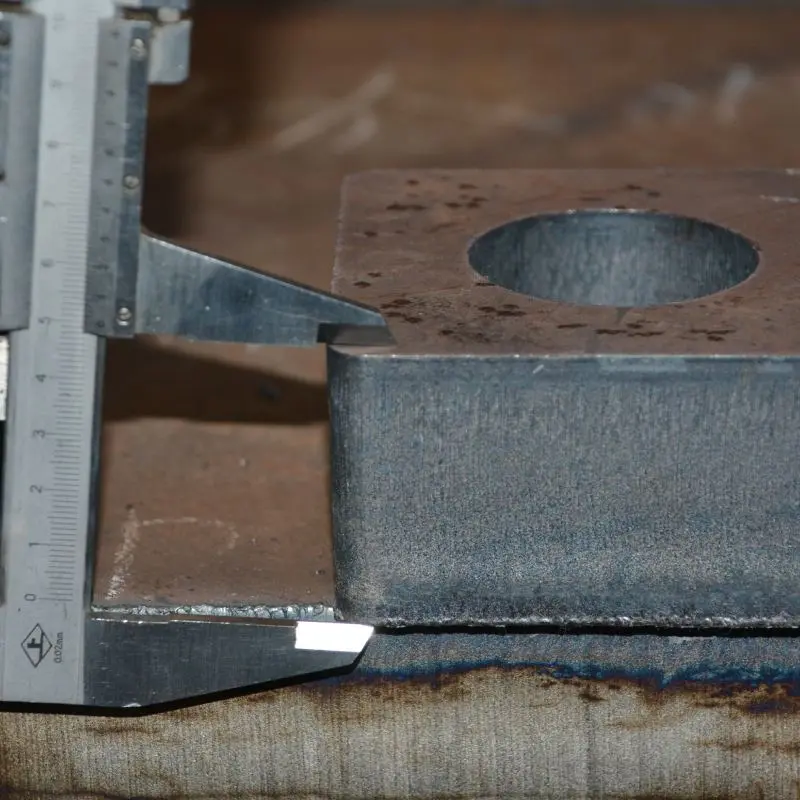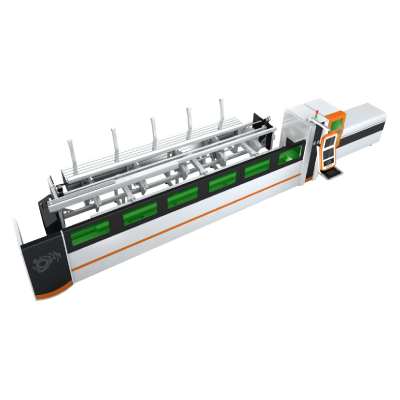
Exploring the Innovations and Advancements of the Laser Cutting Machine in 2018: A Game Changer for the Manufacturing Industry
****
In a world where precision and efficiency are paramount, the rise of laser cutting technology has marked a significant evolution in the manufacturing landscape. The year 2018 stood as a pivotal moment for laser cutting machines, showcasing advancements that propelled industries toward enhanced productivity and impeccable quality. This article delves into the innovations and features of laser cutting machines from 2018, exploring their applications, benefits, and the role they play in shaping the future of manufacturing.
Laser cutting machines operate on the principle of directing a high-powered laser beam toward a material, enabling the laser to cut through various substances with accuracy and speed. As industries edge toward automation and heightened standards of quality, laser cutting technology has emerged as an indispensable tool in sectors such as aerospace, automotive, electronics, and textiles. The capabilities of these machines drastically evolved in 2018, introducing competitive advantages that could not be overlooked.
One of the most significant advancements in laser cutting technology during 2018 was the improvement in beam quality. Manufacturers incorporated solid-state lasers, specifically fiber lasers, which provided superior performance over traditional CO2 lasers. The increased efficiency and higher beam intensity allowed for faster cutting speeds and the ability to work with thicker materials, thereby broadening the scope of applications. This not only reduced overall production time but also lowered operational costs, making laser cutting a more appealing option for businesses seeking to optimize their workflows.
Moreover, the integration of automation in laser cutting machines was another hallmark of 2018. The introduction of advanced robotic systems meant that laser cutting processes could be easily automated, reducing the need for manual intervention and minimizing human error. Automation ensured consistent quality across production runs while also enhancing safety in the workplace. With automated laser cutting systems, manufacturers were able to increase their output levels significantly, addressing the growing demands of a fast-paced market.

Exploring the Innovations and Advancements of the Laser Cutting Machine in 2018: A Game Changer for the Manufacturing Industry

Exploring the Innovations and Advancements of the Laser Cutting Machine in 2018: A Game Changer for the Manufacturing Industry
In 2018, software advancements also played a crucial role in the evolution of laser cutting machines. Enhanced programming software facilitated better design-to-cut processes, allowing designers and engineers to visualize cuts before execution. This software integration improved not only the precision of cuts but also the overall efficiency of the transition from the design phase to production. Moreover, the implementation of real-time monitoring systems provided critical data on machine performance, allowing for faster troubleshooting and maintenance, and ultimately extending the lifespan of the equipment.
The versatility of materials that laser cutting machines can process also saw notable enhancements in 2018. The technology was adapted to work with an increasingly diverse range of materials, including metals, plastics, wood, and glass. This adaptability made laser cutting machines relevant in significantly varied industries, enabling manufacturers to pivot and respond to market needs with agility. As a result, sectors such as custom fabrication and prototyping benefited immensely, with the capability to produce more complex and intricate designs without sacrificing speed or quality.
Another influential aspect of laser cutting machines in 2018 was their sustainability impact. As industries focused more on environmentally responsible practices, laser cutting offered an efficient solution with minimal waste generation. Unlike traditional cutting methods, which often leave behind excess material, laser cutting minimizes scrap, ensuring that resources are optimized throughout the process. With the added benefit of reduced energy consumption, laser cutting machines were aligned with the broader movement toward sustainable manufacturing.
Finally, the growing accessibility of laser cutting technology in 2018 led to more businesses, including small to medium enterprises (SMEs), adopting these systems. The decreasing cost of entry, coupled with financing options and leasing arrangements, allowed a wider array of companies to leverage the capabilities of laser cutting. As SMEs harnessed this technology, they found themselves better equipped to compete in a global marketplace increasingly driven by innovation and efficiency.
In conclusion, the advancements in laser cutting machines in 2018 played a transformative role across various industries. With improvements in technology, automation, software capabilities, material versatility, and sustainability efforts, laser cutting positioned itself as a vital asset in modern manufacturing. As businesses continue to embrace these innovations, the landscape of production will undoubtedly evolve, marking a new era of efficiency, quality, and competitiveness. 2000w 3015 Fiber Cutting Machine
